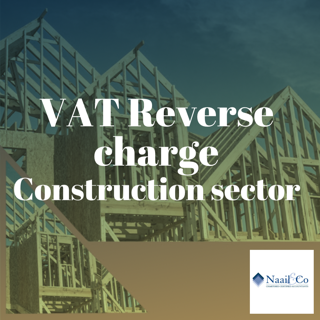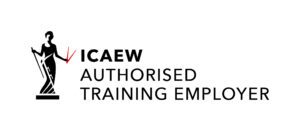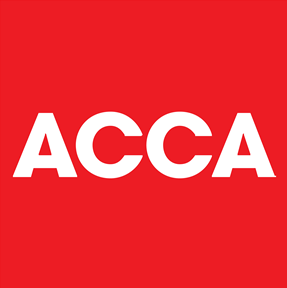VAT Reverse charge Construction sector
Table of Contents
Overview
Are you in construction industry and VAT registered? The Construction Industry Scheme (CIS) VAT reverse charge will apply to your services from 1 March 2021. The measure was due to commence in October 2019 but has been delayed twice due to Brexit and the Coronavirus. This This measure only applies to construction supplies made by a business to business.
What is the VAT reverse charge?
Under reverse charge, VAT is accounted for by the end-customer, as opposed to supplier of construction services. This means that customer receiving construction services must pay the VAT to HMRC instead of the supplier. The end-customer recovers VAT subject to the normal rules set by HMRC.
The domestic ‘reverse charge’ is an anti-fraud measure, which was already in place for certain services and goods, such as telecommunication services, mobile phones and computer chips. The reverse charge mechanism shifts the liability for accounting for output VAT from the supplier to the customer. This prevents the supplier from charging what purports to be VAT to the customer, but then absconding with the VAT element and not paying it over to HMRC.
What do you need to do?
If you are a VAT registered business supplying building/construction industry services and;
- your customer is VAT registered in the UK
- you report your sales under Construction Industry Scheme (CIS)
- you charge standard or reduced VAT rate to your supply
- your customer has not given written confirmation that they are an end user or intermediary supplier
You should follow the following steps;
Step 1: Check if your customer has a valid VAT number. Click here
Step 2: Check your customer’s CIS registration. You will require some customer details to complete the check. For example, for a company, you will need full name of the company, registration number and UTR number. Click here
Step 3: Assess your contracts to establish if the domestic reverse charge is applicable and communicate with your customer accordingly
Step 4: Ask your customer to confirm whether they are an end user or intermediary supplier
Step 5: Find out how to record the reverse charge in your accounts
What are the conditions for CIS VAT Reverse Charge?
Apply VAT Reverse Charge when all of the following conditions are satisfied;
- You are supplying construction services and materials
- Your supply consists of standard or reduced-rate of VAT
- You as well as your customer are UK VAT registered business
- You as well as your customer are registered for CIS
- Your customer intends to make an ongoing supply of construction services to another party
- You are not connected to your customer
The CIS VAT reverse charge does not apply in any of the following scenarios;
- VAT exempt building and construction services.
- Supplies that are not covered by the CIS, unless linked to such a supply.
- Supplies of staff or workers.
The CIS VAT reverse charge does not apply to taxable supplies made to the following customers:
- A non-VAT registered customer.
- ‘End Users’ i.e. a VAT registered customer who is not intending to make further on-going supplies of construction.
- ‘Intermediary suppliers’ who are connected e.g. a landlord and his tenant or two companies in the same group.
What Services you must use the Reverse Charge for?
You must use the reverse charge for the following services:
- constructing, altering, repairing, extending, demolishing or dismantling buildings or structures (whether permanent or not), including offshore installation services
- constructing, altering, repairing, extending, demolishing of any works forming, or planned to form, part of the land, including (in particular) walls, roadworks, power lines, electronic communications equipment, aircraft runways, railways, inland waterways, docks and harbours, pipelines, reservoirs, water mains, wells, sewers, industrial plant and installations for purposes of land drainage, coast protection or defence
- installing heating, lighting, air-conditioning, ventilation, power supply, drainage, sanitation, water supply or fire protection systems in any building or structure
- internal cleaning of buildings and structures, so far as carried out in the course of their construction, alteration, repair, extension or restoration
- painting or decorating the inside or the external surfaces of any building or structure
- services which form an integral part of, or are part of the preparation or completion of the services described above – including site clearance, earth-moving, excavation, tunnelling and boring, laying of foundations, erection of scaffolding, site restoration, landscaping and the provision of roadways and other access works
What Services you must NOT use the Reverse Charge for?
Do not use the charge for the following services, when supplied on their own:
- drilling for, or extracting, oil or natural gas
- extracting minerals (using underground or surface working) and tunnelling, boring, or construction of underground works, for this purpose
- manufacturing building or engineering components or equipment, materials, plant or machinery, or delivering any of these to site
- manufacturing components for heating, lighting, air-conditioning, ventilation, power supply, drainage, sanitation, water supply or fire protection systems, or delivering any of these to site
- the professional work of architects or surveyors, or of building, engineering, interior or exterior decoration and landscape consultants
- making, installing and repairing art works such as sculptures, murals and other items that are purely artistic signwriting and erecting, installing and repairing signboards and advertisements
- installing seating, blinds and shutters
- installing security systems, including burglar alarms, closed circuit television and public address systems
Summary for a Sub-contractor
If you are invoicing a customer (or contractor) in a supply chain, you’ll either have to charge VAT as normal or apply the reverse charge. For the reverse charge, your invoice total will not include VAT.
However, your invoice must include a statement advising your customer (or contractor) that the reverse charge rules apply, stating the amount of output VAT to be applied (20% if it’s the standard rate of VAT). Your customer (or contractor) will need to include that amount on their VAT return. You do not include anything on your VAT return about the reverse charge. An example invoice and a VAT return are shown below for your business.
Your customer (or contractor) will need to include that amount on their VAT return. You do not include anything on your VAT return about the reverse charge.
Summary for a main contractor
If you are a main contractor receiving a VAT reverse charge invoice from a subcontractor, you should continue to record it as a normal expense invoice and include input VAT on your VAT return.
You’ll also need to account for the reverse charge VAT the subcontractor has notified you about. The overall effect on your VAT liability is neutral as the output VAT is covered by the input VAT
Other matters
It may be possible to be a subcontractor on one project and a main contractor on another, so you need to consider the VAT status of your services for each construction project you work on.
If you are currently on the Flat Rate VAT Scheme and the majority of your supplies are affected by the VAT reverse charge, you might want to consider changing to the Standard VAT scheme as:
- The Flat Rate Income amount will be reduced, possibly to nil
- You will be losing the opportunity to reclaim input VAT on expenses.
In the lead up to 1st October 2020, we recommend that you speak to an accountant or specialist tax advisor if you believe the new reverse charge VAT rules apply to your business.
Invoices under Reverse charge
When supplying a service subject to the CIS reverse charge, suppliers must show all the information that is normally required on a VAT invoice, except that:
- A note on the invoice must make clear that the CIS reverse charge applies and that the customer is required to account for the VAT.
- No VAT is charged on the invoice.
- It should state how much VAT is due under the reverse charge, or the rate of VAT if the VAT amount cannot be shown, but that VAT should not be included in the amount charged to the customer.
Under the VAT Regulation 1995, invoices for services subject to the reverse charge where the customer is liable for the VAT must include the reference ‘reverse charge’. Here are some examples of wording that meet the legal requirement:
- Reverse charge: VAT Act 1994 Section 55A applies.
- Reverse charge: S.55A VATA 94 applies.
- Reverse charge: Customer to pay the VAT to HMRC.

Our service to you
If you are a self employed, business owner/director of company looking to get your accountancy and taxation matters sorted, look no further. We, at Naail & Co, are pro-active and easily accessible accountants and tax advisors, who will not only ensure that all your filing obligations are up to date with Companies House and HMRC, but also you do not pay a penny more in taxes than you have to. We work on a fixed fee basis and provide same day response to all your phone and email enquiries. We will also allocate a designated accounts manager who would have better understanding of your and business financial and taxation affairs. Book a free consultation call using the link below.
Related pages:
Get further information from the following pages;
How to use the VAT reverse charge
Subscribe to our newsletter
BUSINESS HOURS
Monday – Friday
- 9:00 am – 5:30 pm
Pages:
Menu








